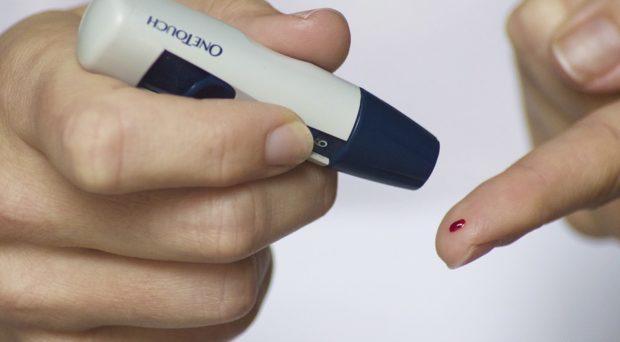
Type 2 diabetes mellitus and stress hyperglycemia (excess glucose in the blood) during critical illness appear completely differently by several aspects, such as; the first is chronic, well defined and epidemic as a result of the way of life in industrialized countries, while the second is acute by definition and can encompass a broad range of conditions encountered everywhere.
In spite of the differences, type 2 diabetes and critical illness also share some similarities, in terms of pathophysiology, treatment and outcomes, as described below.
Insulin resistance
Insulin resistance is the typical hallmark of type 2 diabetes, and results in chronic hyperglycemia, itself involved in most of the long-term complications of diabetes. In the critically ill, insulin resistance is also very frequent
Insulin resistance is the typical hallmark of type 2 diabetes, and results in chronic hyperglycemia, itself involved in most of the long-term complications of diabetes. In the critically ill, insulin resistance is also very frequent and is one of the key pathophysiological mechanisms of stress-related hyperglycemia.
During the acute phase, the presence of insulin resistance is considered as an adaptive component of the stress response. However, after the resolution of the acute phase, prolonged insulin resistance is associated with poor outcome, via the toxicity of severe hyperglycemia.
Recent data reported by independent investigators consistently suggest that the occurrence of stress hyperglycemia is a risk factor for the development of diabetes after the resolution of critical illness.
Excess glucose
The presence of type 2 diabetes mellitus and stress hyperglycemia can be easily overlooked and considered as minor or transient complications. The lack of awareness and of standardization represents additional hurdles to the dissemination of knowledge.
The presence of diabetes is most often based on medical records, where the type of diabetes, degree of control and treatment are undefined.
The metrics used to report and to describe stress hyperglycemia is highly variable. Hence, the message sent to the medical community unfamiliar with these areas can be confusing.
Likewise, the metrics used to report and to describe stress hyperglycemia is highly variable. Hence, the message sent to the medical community unfamiliar with these areas can be confusing.
Chronic treatment
Once a patient with type 2 diabetes is admitted in an intensive care unit, their chronic treatment is most often discontinued and commonly replaced by insulin. Whether this practice is superior to the continuation of oral drugs at a dose adapted to the current patient’s condition has not been assessed in detail.
Furthermore, the optimal glycemic target can differ according to the level of control assessed by admission glycated hemoglobin (HbA1c). Prospective trials are underway to test this hypothesis.
Finally, the effects of diabetes-specific enteral formulas on stress hyperglycemia in critically ill patients need to be carefully assessed.
One Comment